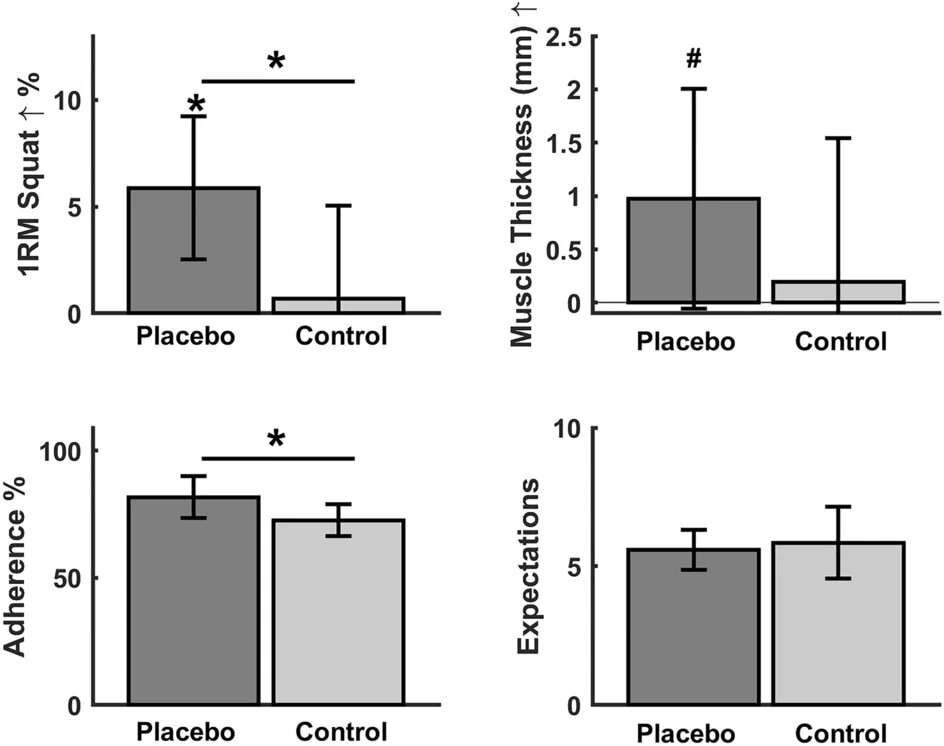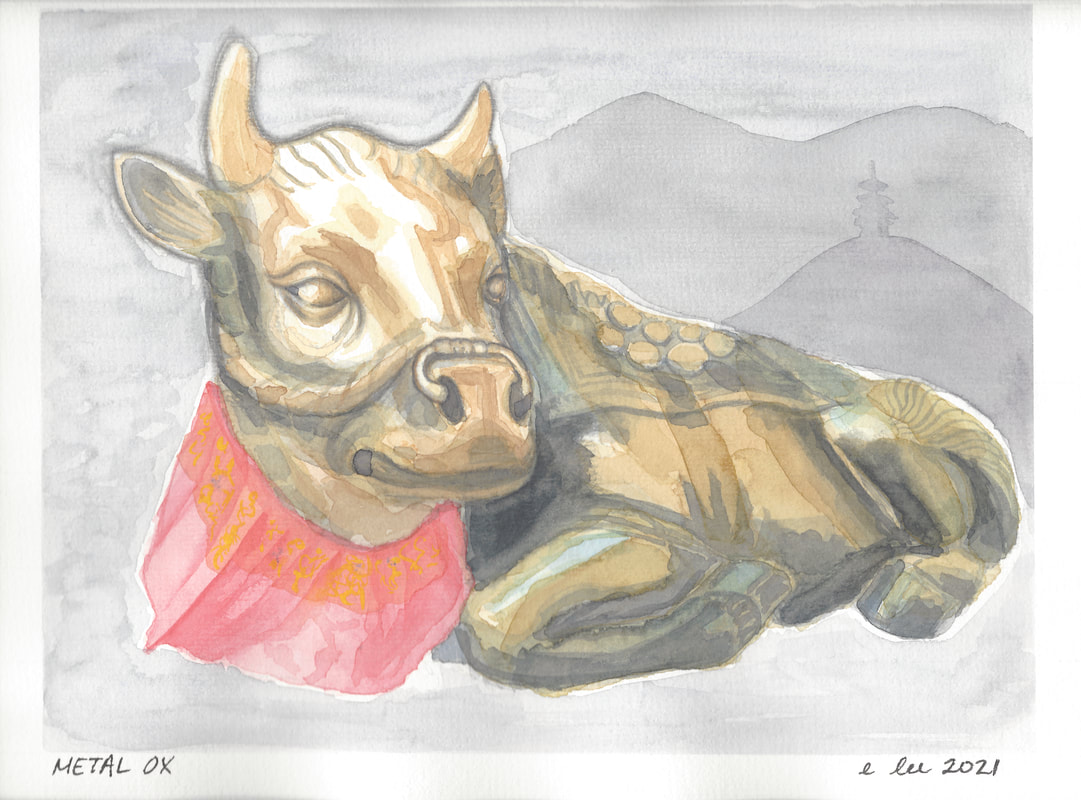Meet My New Assistant Rachel Casiano LAcI am thrilled to introduce you to my new Assistant, Rachel. She will be working on Tuesday and Fridays, helping me with logistics and administration. Thanks to her help, I am now able to see more people on the days she works - which means more opportunities for you to get in for your treatments! Please join me in extending a warm welcome to the newest member of Manhattan Sports Acupuncture! Before her training in acupuncture, Rachel worked as a health educator and patient navigator in HIV services at a community health clinic and did outreach on a mobile testing van. Primarily serving queer and trans sex workers and transient people, this experience solidified her view that centering the health needs of the most marginalized people means better care for everyone.
She learned about acupuncture while volunteering with syringe exchange programs in upper Manhattan and the Bronx and seeing how acupuncture was used for detox, PTSD, and stress. The history of radical/collective uses of acupuncture, harm reduction philosophy, and her witness to the opioid epidemic in her hometown inspired her to pursue learning acupuncture. All these influences continue to guide her practice. She received her Master of Science in Acupuncture and classical Chinese herbal medicine from Tri-State College of Acupuncture, and has worked in several community acupuncture settings since then, including Brooklyn Open Acupuncture and Third Root, and a syringe exchange program in the Bronx
0 Comments
The Placebo effect has been a topic I have had to deal with for much of my professional career - as an advocate for medical research, understanding basic scientific research concepts like the placebo effect was a critical part of my work. And traveling around the world talking about such subjects gave me a unique vantage point on the idea of the placebo effect, and public opinion on the subject. For me, people too often choose to frame this idea as a negative. "Are you sure this really works, or is it just a placebo effect?", a common question I've heard around the world. But we know, through research that the placebo effect generally has a 30% effect - which is why good statisticians typically power studies to take into account this 30%. But if the goal is to find ways to achieve a desired effect - one can actually think of the placebo effect as an easy 30% bonus towards our goal. If we just believe. I posit that the placebo effect is actually scientific documentation of the impact mental focus and attitude can have on a desired goal. This is an idea I suggest you keep in mind as you read the article below, and as you engage in your training routines. Edd Study finds placebo effect also applies to exercise trainingby University of Agder April 25, 2023 You can get a better effect from your training if you believe that the training program you are following has been put together especially for you, according to Kolbjørn Andreas Lindberg, a research fellow at the University of Agder in Norway. "If you believe that the training program you are following has been optimized for you, that in itself will have an effect, regardless of the content of the program. It is exactly the same as the placebo effect we know from medicine," says Lindberg who has conducted a pilot study on the effect this can have on training. The results have been published in the journal Scientific Reports. Have you ever taken paracetamol to relieve a pounding headache, only to feel better even before the pill has had a chance to work? Then you have experienced the placebo effect. Placebo is the name for the somewhat strange phenomenon that occurs when medication or treatment works better if you believe it will work. "The placebo effect has been studied for over 70 years, but looking at it in the context of exercise research is new," Lindberg says. Placebo drugs are an important part of clinical research. In so-called blind trials, the active drug and placebo are administered to patients according to a code, so neither the researchers nor the subjects know who has been given what. In this way, researchers can objectively evaluate the effect of the medication. Forty people participated in the study by Lindberg and his colleagues. After a series of physical tests in the laboratory, they were all given different training programs. Half of the participants were told that the training program they received had been specially adapted to them based on the tests that were carried out. This was the intervention group. The other half, the control group, did not receive such a message. The participants were all given training programs that varied with regard to weight and the number of repetitions, but on average the programs of the two groups were similar. After completing the eight to 10 weeks of training, the participants were again tested in the laboratory. "It turned out that those who thought they had received an individually adapted training program got better results on average than the control group. Even though the two groups had followed the same program on average," Lindberg says. The researchers found differences between the two groups, especially with the squat exercise and general muscle thickness. "It may be a little surprising that placebo also applies to exercise. But when you think about it, it makes sense," Lindberg says. "There were indications that the participants who thought they were following a personal program trained a little more and with a higher intensity. Many such small factors can affect the result." He also believes that the testing itself may have had an impact on the result: The intervention group may have felt that they had to perform since the program was supposed to give them results. "The placebo effect is largely overlooked when researching the results of exercise. It can be difficult to conduct a blind study when comparing training twice a week with training four times a week," he says. This can be a problem when new training approaches appear to offer good results. "There is good reason to be skeptical of new fancy training approaches that are hyped up in the media. Especially considering that virtually no such studies have been controlled for the placebo effect," Lindberg says. More information: Kolbjørn Lindberg et al, The effects of being told you are in the intervention group on training results: a pilot study, Scientific Reports (2023). DOI: 10.1038/s41598-023-29141-7
Journal information: Scientific Reports Getting past the latest surge: Changes to Manhattan Sports Acupuncture's COVID-19 Safety Protocols3/9/2022 COVID-19 new infections and hospitalizations have been dropping significantly in New York. This is great news!
In light of this positive turn of events, many of you may have noticed Federal, State and City mandates have been loosening in response to these changes. While it is exciting to feel like we are starting to get ahead of the pandemic, it is important to keep in mind there are still some mandates in place. Specifically, face masks are still required in health care settings, including acupuncture clinics. Manhattan Sports Acupuncture's COVID-19 Safety Protocols have changed a bit too. Here is short review our current protocol. Manhattan Sports Acupuncture COVID-19 Safety Protocol
While these protocols do require some effort, I want to recognize they have been the reason I have not been infected by COVID-19 over that last two years. I find a lot of security in this and hope you do too. This year on Friday, February 12th the moon will complete another annual cycle ending the Year of the Metal Rat and starting the Year of the Metal Ox.
Lillian Pearl Bridges gives us a look into the coming year. "The Ox is the second animal in the Chinese Zodiac and is a respected animal valued for its ability to work hard and endure. The Ox is credited with the values of constancy and cooperation. These are usually slow moving animals, even tempered and placid unless provoked. The element for Ox is Yin Earth as it an animal long associated with farming. The element of the year if Yin Metal, which is harmonious with the Earth element. This implies a calmer, more stable year with less anger, less contentious behavior and much less potential for violence. Yang behavior will simply not be supported or be sustainable. Yin Metal is about the future and out hopes and dreams, which can inspire us again. The overall outlook for the year is positive, especially toward the latter part of the year. Harvest comes from the summer and fall months, which also correspond with the elements of the year. So there is hope that life will get better in many ways for many people as the year progresses." To read her full prediction, click here. In celebration I have painted this Metal Ox, based on one of my favorite statues in Kyoto, Japan. Located in Nishiki Market in central Kyoto, many visitors will suddenly happen upon the beautiful Ninshiki-Tenmangu Shrine in the middle of the shopping mall. Enshrined here is Fujiwara-no-Michizane, the Thunder God or God of Learning and as such, this shrine is popular with those who are taking exams. The cow is considered the divine servant of Michizane and statues of cows are common in shrines dedicated to him. The statue in Ninshiki-Tenmangu is my personal favorite. Happy New Year! For the last three years I have participated in San Fu, an ancient Chinese tradition to boost my immune system in preparation for the coming autumn and winter months. Personally I have found since starting this tradition, I have not had to deal with cold or flu illnesses. Given the current state of the world, I plan to repeat San Fu again this summer - I thought I would offer it to you all as well. Dating back to the Qing Dynasty, San Fu is the practice of applying a paste of medicinal herbs on specific points of the body, on special days of the year, to fortify the body's Wei Qi or defensive Qi. The rationale combines Taoist concepts of astrology, medicine and acupuncture to achieve this goal. The San Fu dates are the days predicted by Chinese astrology as the days of the year that will have the greatest amount of Summer Yang Qi for the year. On these days, we are able to harness and direct Summer Yang Qi in treatments aimed at fortifying our Wei Qi. Ailments that dominate in autumn and winter time tend to involve some form of Yang Qi deficiency, so gathering and storing Summer Yang Qi makes sense. The herbal paste used in San Fu is often made of a base of mugwort, an important herb in the Chinese Herbal materia medica. This is the same herb used to make moxa for use in moxibustion. Aside from the heat generated when ignited, mugwort is warm and nourishing in nature, perfect for building up Yang Qi. Finally, the parts of the body we apply the San Fu herbal paste is guided by acupuncture points, helping us to direct the Yang Qi to specific organs, parts of the body or areas. In San Fu, the Yang Qi is directed to specific organs to store and use over the coming year. I often use Kidney points as the ruler of winter time and Lung points as the ruler of Wei Qi. San Fu is a simple procedure - a coin sized ball of herbal paste is applied to points on the back and a bandage is applied over it to keep it in place. Patients must remove the paste once the skin in the area become irritated, itchy or feels sunburned. Patients are then to take basic care of the skin where the moxa was applied by keeping it clean and moisturized. I am offering San Fu as an add-on to a Kiiko-style constitutional wellness treatment. Patients who want a San Fu treatment must sign up for 3 of the 4 possible San Fu dates - Thursday July 16, Sunday July 26, Wednesday August 5, or Saturday August 15. A deposit for the first session is required in order to secure herbs for your San Fu treatment. Sessions will be 75 minutes long, including acupuncture and San Fu. To sign up, please click here. You can see some photos of my past San Fu treatments. |
On PointBlog & newsletter for Manhattan Sports Acupuncture and Edd Lee LAc LMT MSOM. Striving to be a source of information on health, fitness and medicine. Check out the FB feed below or like our page @ManhattanSportsAcupuncture
Categories
All
Archives
July 2023
|
Clinic office Map |
|



 RSS Feed
RSS Feed